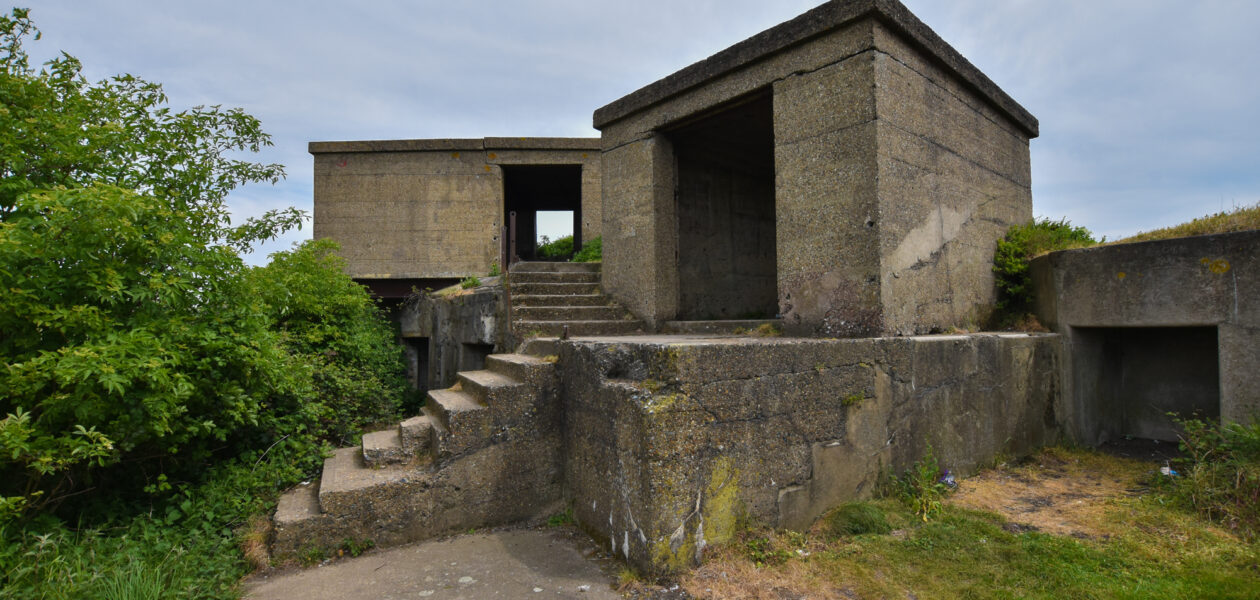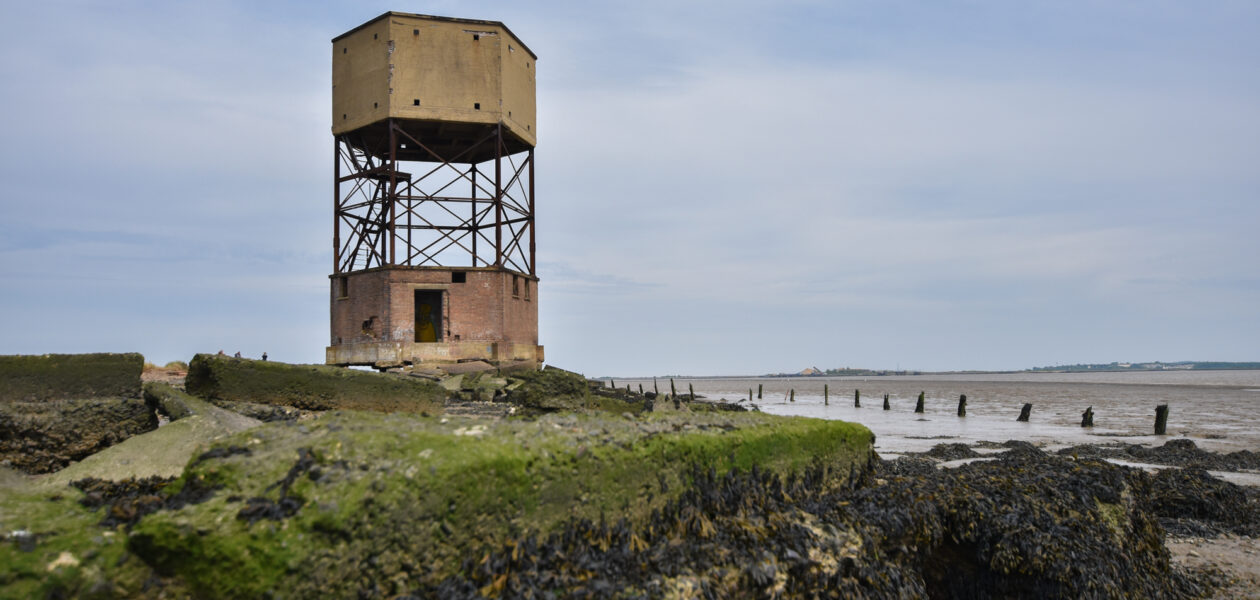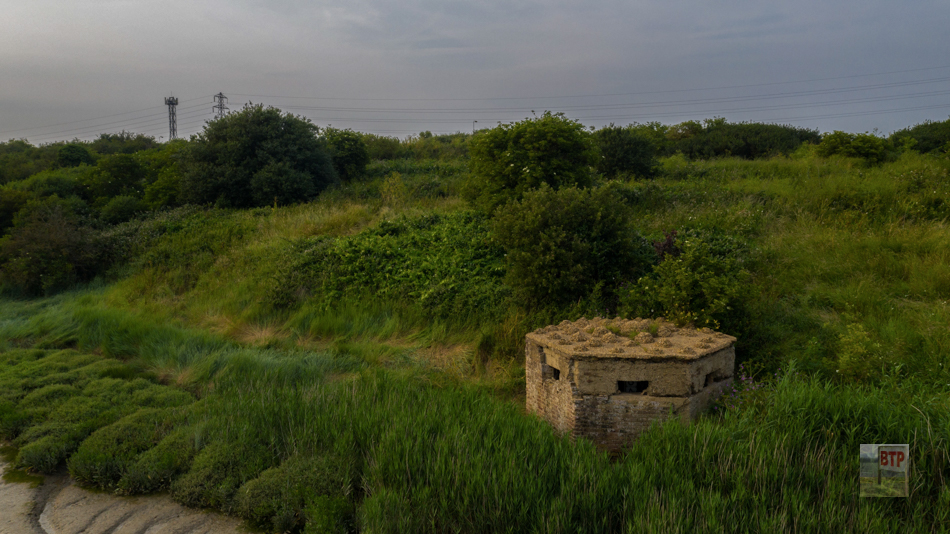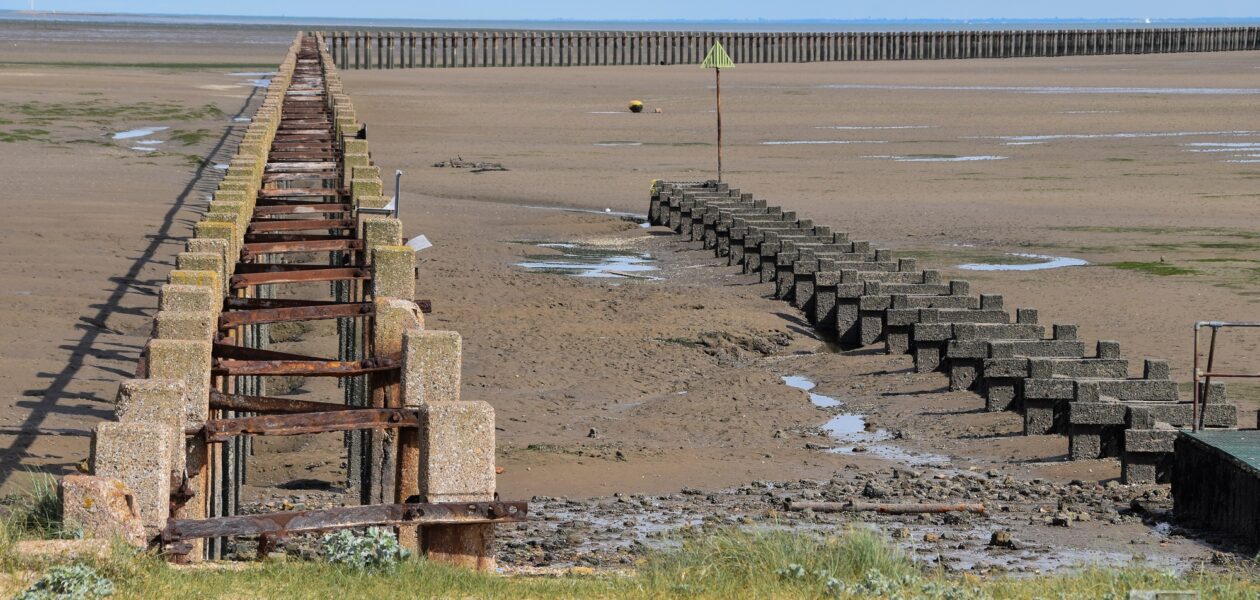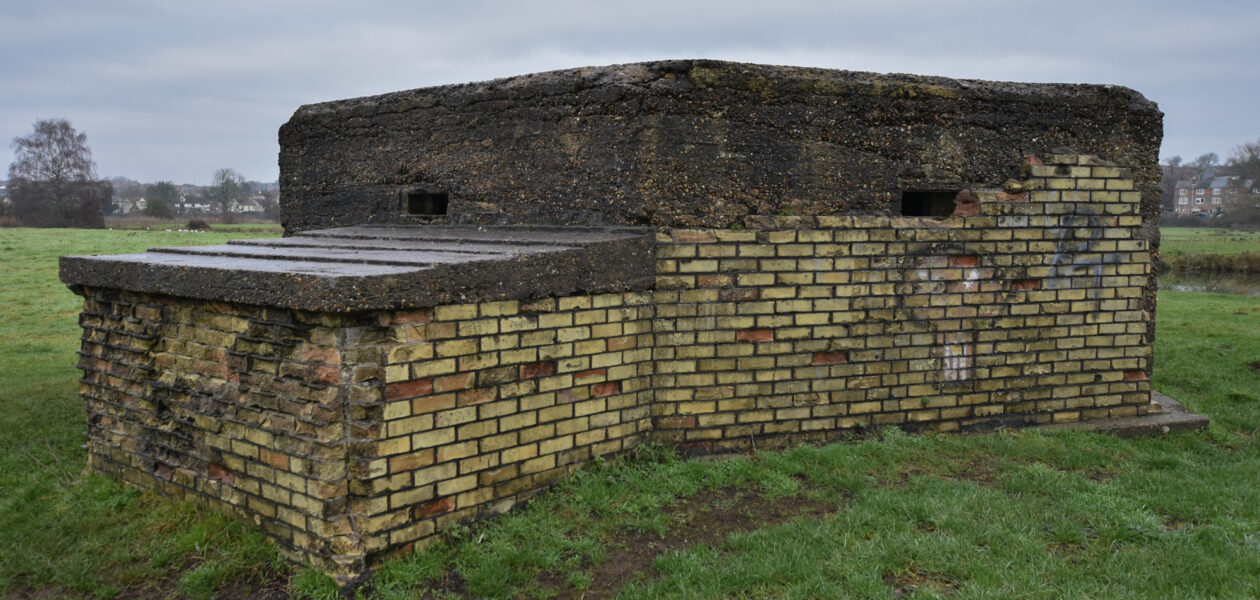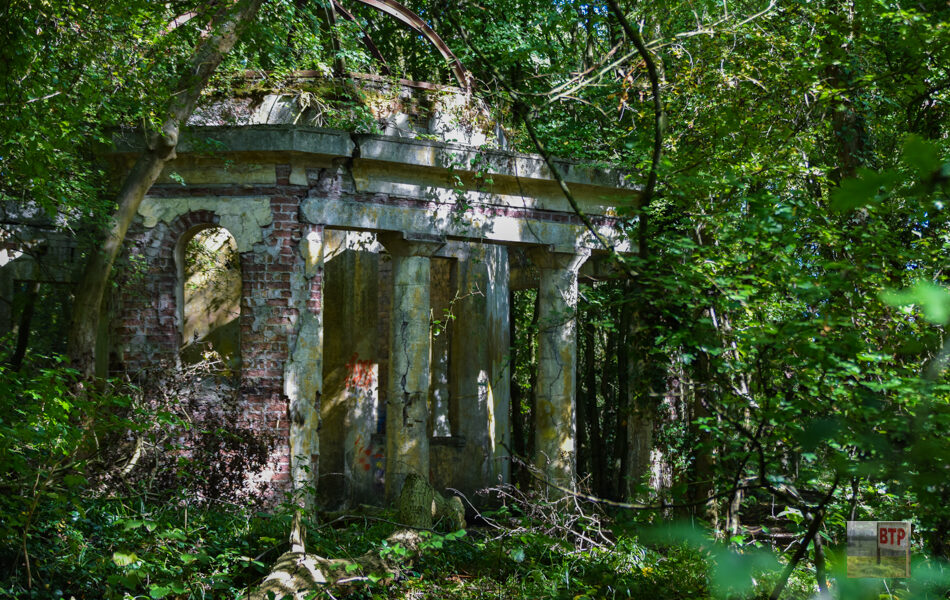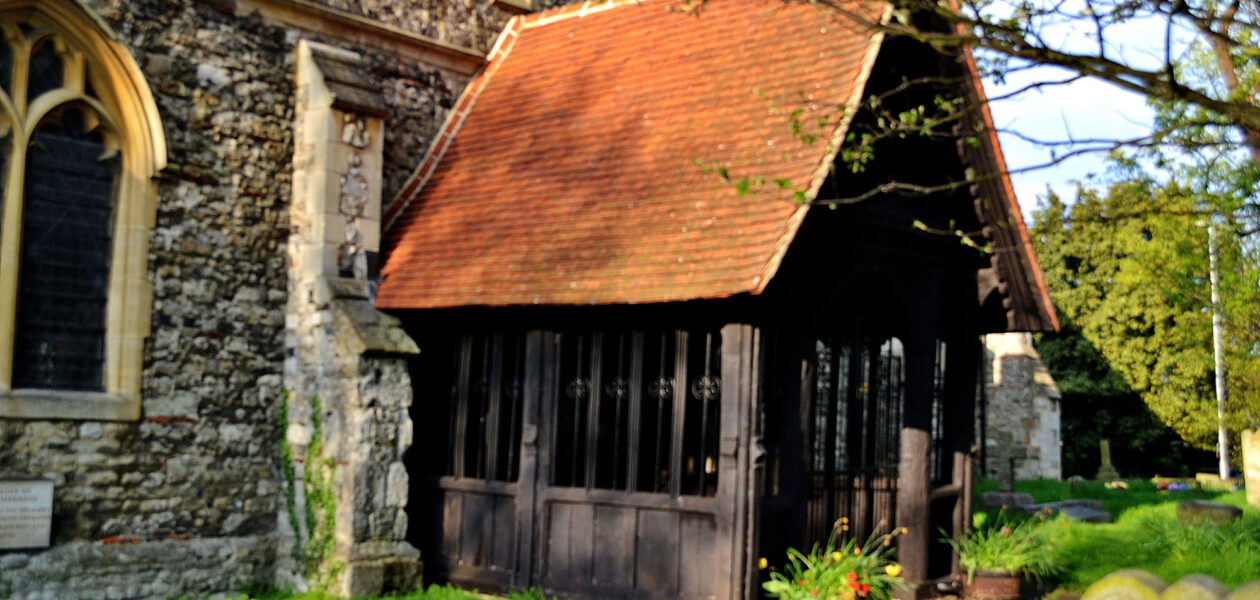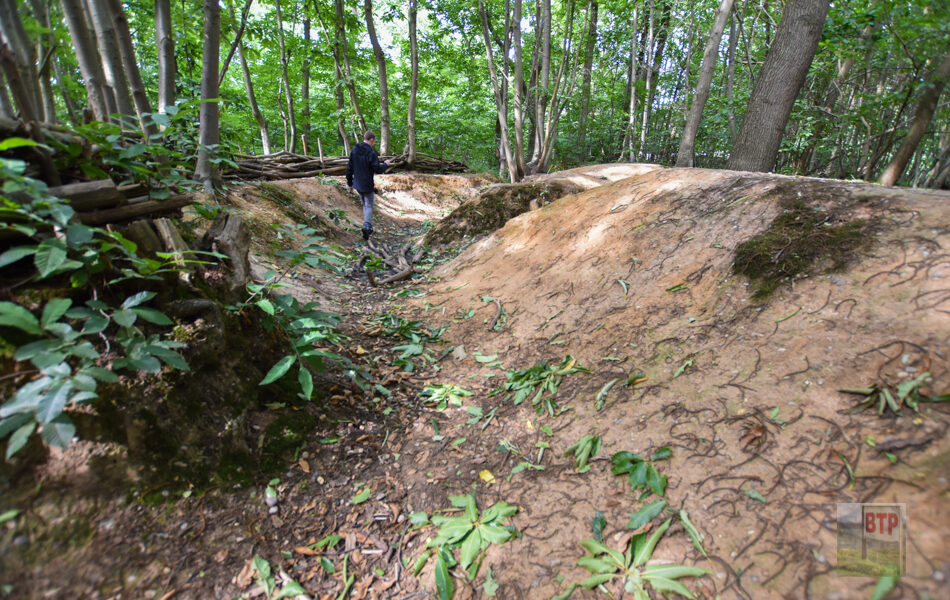Rainham Marsh Concrete Barges
Left abandoned in Rainham, several concrete barges were placed here at Coldharbour Point as flood defences in 1953 and have formed part of the coastline ever since. Used primarily in the Second World War, these steel and concrete ships are also known as ferro cement barges, or FCB’s. Barges of these type were particularly important during…
View More

